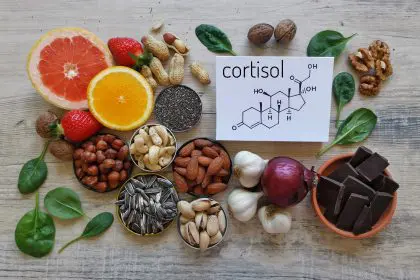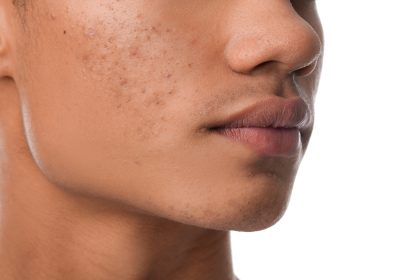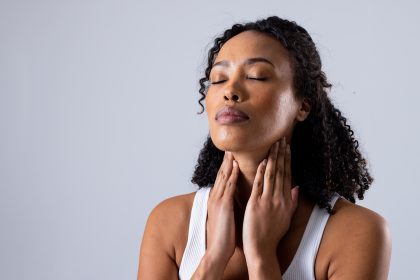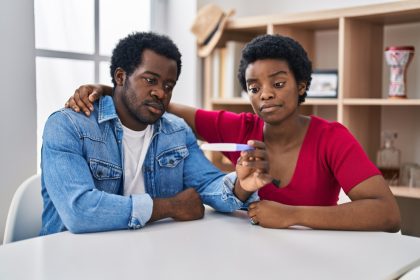
The weird fasting method that boosts energy naturally
The relentless cycle of afternoon crashes, restless nights, and groggy mornings has become the unwelcome norm for millions struggling with disrupted energy patterns. Despite consuming

The relentless cycle of afternoon crashes, restless nights, and groggy mornings has become the unwelcome norm for millions struggling with disrupted energy patterns. Despite consuming

The modern world bombards us with relentless stressors that trigger our bodies to produce excessive amounts of cortisol, the primary stress hormone that can wreak

Your medicine cabinet is probably filled with supplements promising to fix everything from mood swings to irregular periods, but the answer to your hormonal struggles

Social media has been buzzing with celebrities and influencers sharing photos of their daily raw carrot salads, and what started as a curious wellness trend

Natural hunger control has become a game-changer for millions of people trying to maintain healthier eating habits without resorting to artificial supplements or extreme measures.

Hormonal acne affects millions of people well beyond their teenage years, creating frustrating breakouts that seem impossible to control. Unlike typical acne that responds well

The small, butterfly-shaped thyroid gland nestled in the front of your neck may weigh less than an ounce, yet its influence extends to nearly every

Ever noticed how some months your hormones seem determined to turn you into someone you barely recognize? The mood swings, cravings, energy crashes, and uncomfortable

The hours between dinner and bedtime represent a critical window that shapes hormonal patterns far more than most people realize. While daytime habits receive abundant

The transition through menopause marks a profound shift in a woman’s physiology, with hormonal changes that extend far beyond reproductive function. As estrogen levels decline,

Hormones function as the body’s chemical messengers, orchestrating nearly every physiological process from metabolism and mood to reproduction and sleep. When these powerful compounds fall

Your home should be your sanctuary, but hidden within everyday household items lurk compounds that may interfere with your body’s delicate hormone balance. These endocrine-disrupting

Forget everything you thought you knew about what’s happening between the sheets. Let’s talk about the real MVPs: your hormones. The secret players in your

These common tumors disproportionately impact women of color, but lifestyle changes can make a dramatic difference in managing symptoms The hidden condition affecting 80% of

You’ve heard it since childhood. Drink your milk for strong bones. The calcium connection is practically common knowledge at this point. But what if you’ve

That morning routine. Your favorite comfort foods. The way you manage stress. While these might seem disconnected from your reproductive health, mounting evidence suggests that

Your alarm blares at 6 AM. You groan, slam the snooze button, and eventually drag yourself out of bed. Coffee becomes your lifeline as you

If you’ve ever googled “how to get pregnant faster” at 2 AM while surrounded by ovulation test strips and prenatal vitamins, you’re definitely not alone.

Baby fever hitting hard? Whether you’re just starting your conception journey or have been trying for a while, the path to parenthood sometimes takes unexpected

Ever notice how everything seems harder after a night of tossing and turning? Your mood tanks, your energy disappears, and weirdly enough, your jeans might
